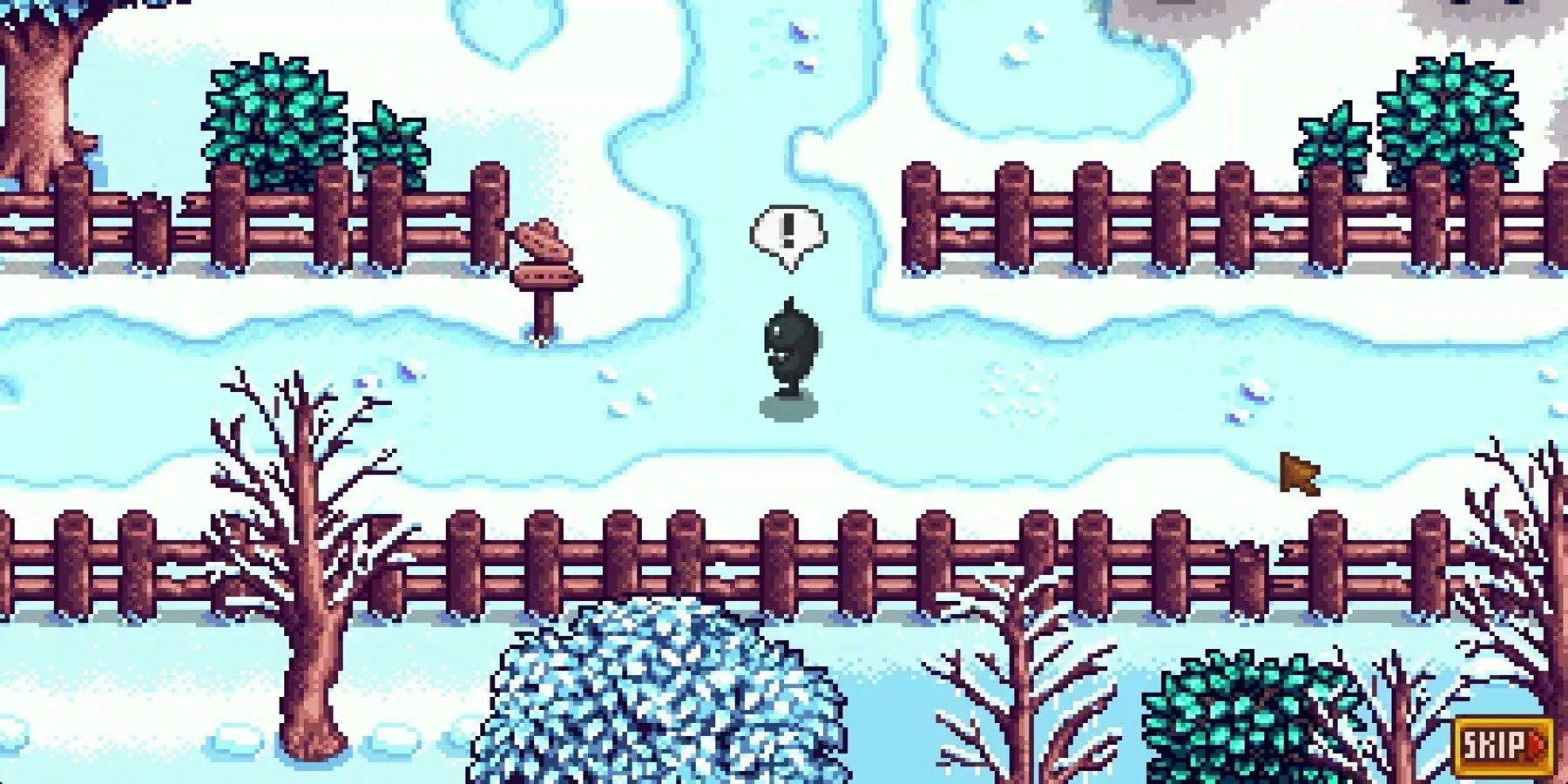It’s unquestionable thatStardew Valleyhas left an impact on the indie gaming scene in its time, particularly for games of its genre. In fact, it’s arguable thatStardew Valley’ssuccess prompted a resurgence in wholesome, slice-of-life styles of games, especially those centered around farming simulation and community-building. Developed by just one person, ConcernedApe, it stands among several games of its era that went against the grain of AAA game development that was swamped in combat-heavy, action-adventure games. It’s why fans are eagerly awaiting ConcernedApe’s next gameHaunted Chocolatier,as their love ofStardew Valleyhas given the developer a certain prestige.
But whileHaunted Chocolatiercontinues to have details teased out as players await a confirmed release date, one of its biggest selling points has beenHaunted Chocolatier’s themes of mysteries and secret truthsthat can be uncovered. ConcernedApe has already confirmed that the game will be a significant departure from its predecessorStardew Valley, so while these games may share a universe, they will be distinctive on their own. Fans have wondered though whyStardew Valleydidn’t have its own secrets to explore, and the reason behind this lies both in the game’s origins and its core concepts.

RELATED:Why Stardew Valley is One of the Best Comfort Games
Stardew Valley’s Original Inspiration
By now, many players will be familiar with the fact thatStardew Valleywas heavily inspired by the seriesHarvest Moon,hence why the two are compared so much. Some fans would even suggest thatStardew ValleyisHarvest Moon’s spiritual successorafter the series was rebranded asStory of Seasons. Not only doesStardew Valleyembrace the core values at the heart ofHarvest Moon,but it expands upon these in interesting ways. This could be due to the fact thatStardew Valley’sindie status gave it the freedom to grow and innovate where theHarvest Moonseries was potentially limited by large scale development.
Regardless, at the center ofStardew Valley’sgameplay was its commitment to farming, community, and realism in nature. Its premise remained simple yet effective, utilizing the tried-and-tested trope of a modern individual inheriting a plot of land from their late grandfather and moving to the countryside to escape the big city. From there, the player is shown the ropes of how to farm, learns about the town, and engages withStardew Valley’snarrative of community versus corporatization.Therefore, the need for a mystery or secret is not required, as this was never the focus ofHarvest Moon,so it wasn’tStardew Valley’s either.

Stardew Valley Provides Adventure in its Own Way
Though not integral to the game’s main objectives and plot,Stardew Valleydoes have its own mysteriesthat the player can discover. Many of these aren’t even fully addressed in the game, but are left to the player to draw their own conclusions and ideas. For instance, the Strange Capsule that can appear on a player’s farm and the creature that eventually breaks free after a few days is never explained in game. However, some “mysteries” are more prominent, such as the mythos behind the Juminos despite them being an important impetus behind improving the community center.
While there are ample more to mention, the short of it is that there is already rich lore to discover throughStardew Valley, but by not making these central to the gameplay experience, players are able to better focus on farming and building the community. Mysteries and secrets are instead treated like rewards for curious players and provide an outlet for fans to speculate and entertain their own creativity. This ultimately allowsStardew Valleyto stand on the merits; in spite of regularly beingcompared toHarvest Moon, it has been able to establish its own unique identity on the indie scene.
Stardew Valleyis available now for Mobile, PC, PS4, PS Vita, Switch, and Xbox One.